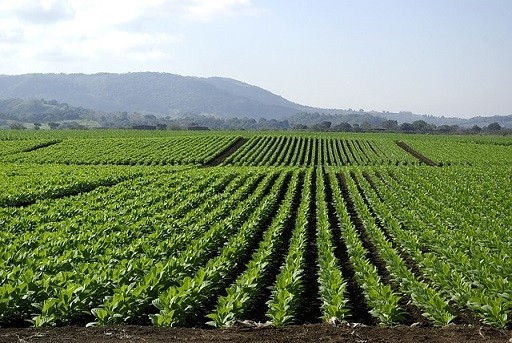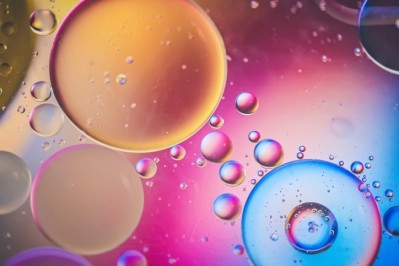Tobacco as a renewable squalene source

As the personal care industry’s interest in sustainably and ethically sourced naturals continues, this landlocked squalene supply could be a win for both beauty and for the flagging tobacco industry.
The little guy
The project began small, with a one acre plot of tobacco and is now five times that size and set to scale in the coming seasons. Initially Pat Short’s farm in Guilford County, North Carolina, was testing the viability of the whole concept, the best growing methods, when to pick leaves, etc.
“Our intention is to go to 10 acres next year. It provides the amount we need to study but also the amount to supply samples to cosmetic companies,” Jason Ornstein, executive director of SynShark tells the press.
Farming tobacco for squalene comes, of course, with a financial incentive. “Working with a high-dollar product, smaller farmers have a chance to recoup the cost of farming activity and be more competitive,” notes Ornstein.
Government funding
The dollars that got this research and test farm up and running came from the federal government. The US Department of Energy granted $5m to fund research on tobacco that led to SynShark’s initiative. And the company itself received a $250,000 Small Business Research Loan last year from the NC Biotechnology Center.
Science and such
The tobacco being farmed for SynShark is modified to generate more squalene than typical tobacco does. Joshua Yuan, a research scientist at Texas A&M University is credited with “[designing] a way to modify tobacco plants to make more squalene, which is produced at some level in all plants and animals, including humans,” as greensboro.com reports.
As an ingredient, though, the resulting squalene is no different than what’s being used in product formulations now, according to Ornstein. “The molecule we’re taking out of the tobacco plant is the exact same molecule taken out of shark livers,” he tells greensboro.com.












